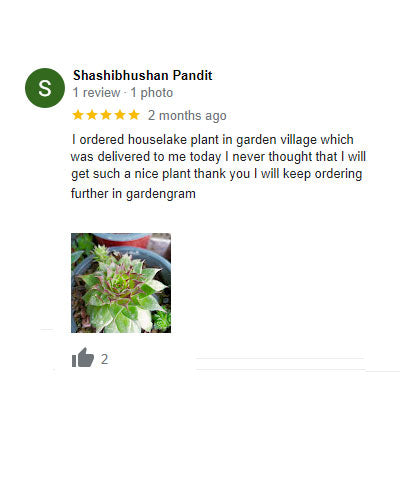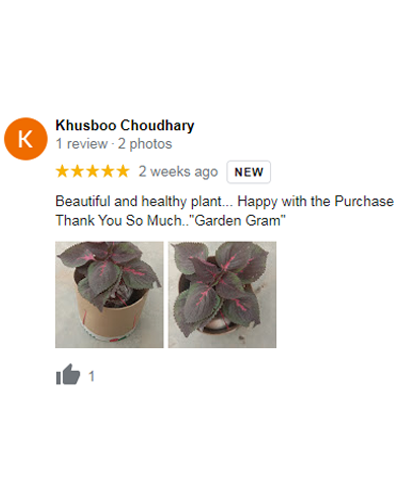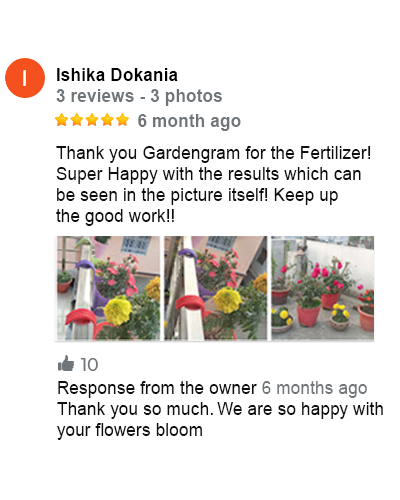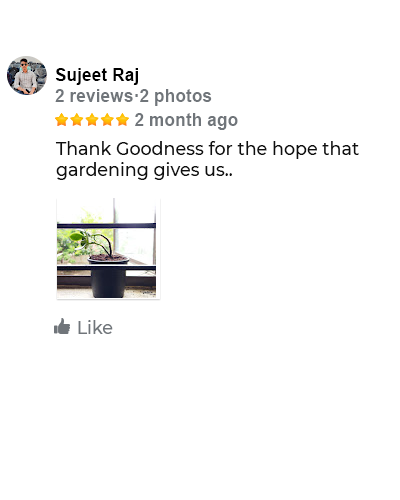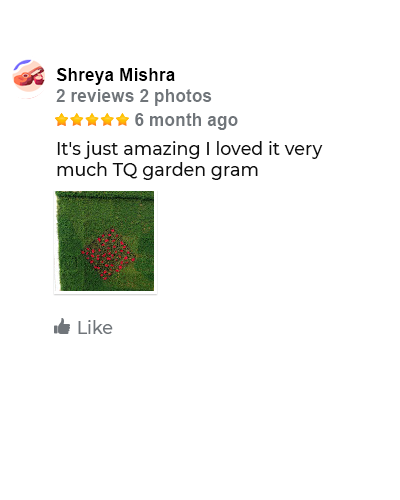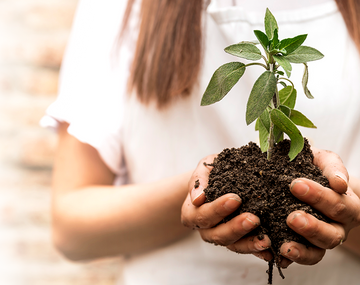Parijaat: A Flower That Makes Durga Puja Feel Like Home
Parijaat: A Flower That Makes Durga Puja Feel Like Home
Festivals are rarely about just the rituals—they’re about the tiny details that suddenly pull you back to your roots. In my mother’s house, it was the first clang of the dhaak during Durga Puja in West Bengal. In my grandmother’s courtyard, it was the pile of white-and orange flowers we’d rush to collect before the sun came up. Those blossoms, the Parijaat- also called Shiuli still hold that unmistakable sway: simple, sacred, and deeply woven into Durga Puja. “When Flowers Reach Where You Are”
Take Kashvi Khanna, a student from Kolkata, for instance. Living in Bangalore, she almost
gave up on finding Parijaat last year. “The markets were chaotic, I was working late—I thought, maybe this year I’ll have to let it go,” she recalls. But when she managed to get them delivered, she says it felt as if “my grandmother’s voice had entered the room.” Her memory stretches beyond Puja. Twice a year, she continues a small family ritual: boiling Parijaat plant leaves in water, a practice her grandmother insisted on. “It isn’t just medicine—it turns an ordinary evening into something calming. That’s what makes this plant a part of life, not just festivals.”
These Flowers Have Stories Older Than Us
According to old stories, Parijaat didn’t appear on earth like other plants. It rose out of the
ocean, during the Samudra Manthan—the great cosmic churning. That’s why kings, poets,
and gods compared it to treasure.
And even today, the flower keeps up its aura. It blooms at night, scatters at dawn, and leaves a carpet of white and orange at your feet—as though reminding us that purity is fleeting but always comes back in cycles. During Durga Puja, that symbolism feels fitting: devotion offered, devotion renewed.
Sahil’s Voice: Growing Parijaat at Home
Sahil Sharma, a Bangalore-based plant enthusiast who proudly calls himself a “plant parent,” believes Parijaat Plant is less demanding than people assume. “It’s a gentle plant if you respect its rhythm,” he says. “People overwater it out of love—but really, it likes space and patience.”
His key tips, drawn from his own balcony garden, are blunt and practical:
• Give it the morning sun, not harsh afternoon heat.
• Water sparingly; let the soil breathe dry before adding more.
• Use soil that drains, but enrich it with leaf compost to keep roots happy.
• Trim after the blooms—that’s when the plant prepares for fresher flowers.
• If pests show up, neem oil works without fuss.
And then he laughs: “Every morning, when I see the Parijat flowers fallen under the pot, it
feels less like gardening and more like receiving a small daily blessing.”
Questions People Whisper Every Puja
Q. Why only at night?
A. That’s just how nature designed it: moths and night pollinators are its companions.
Q. Can it live in pots?
A. Yes. A deep, well-drained pot can host it for years.
Q. Why is it so central to Puja?
A. Because offering something that blooms in the dark and bows with the sun feels like giving the goddess your purest intention.
A Bloom That Holds More Than Fragrance
For some, Parijaat is medicinal. For others, it’s myth. For Kashvi, it’s her grandmother’s memory. For Sahil, it’s part of everyday care. Put all of this together, and you see why it still finds a place in so many households during Durga Puja—it isn’t just a flower. It’s a quiet reminder that tradition doesn’t vanish; it simply finds softer, smaller ways of returning to us, year after year.
This Durga Puja, let the divine fragrance of the Parijat flower fill your home with blessings, peace, and joy. More than just a plant, it is a reminder of love, purity, and togetherness. Bring home your Parijat plant from Gardengram and celebrate the spirit of festivity with nature’s grace.
Shubho Sharodiya!!





